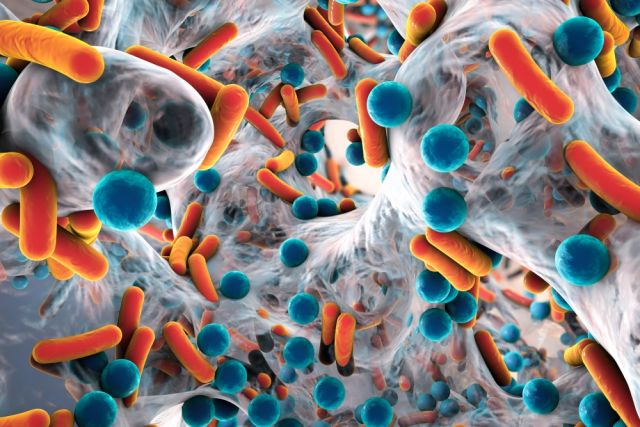
Research Themes
Biosynthesis. Extreme microbes possess novel traits that can be exploited to design microbial strains that can efficiently convert low-cost and waste carbon sources into high-value and commodity chemicals, enabling new industries and markets. Anaerobic gut fungi secrete enzymes that degrade lignocellulosic biomass, and the ascomycete Neurospora have a natural ability to degrade cellulose. These carbon deconstruction projects are the first step in creating next generation, scalable bioprocesses for the reuse of carbon materials, again enabling new industries and markets. Other extreme microbes are native producers of carotenoids or are high lipid producers, comfortable in harsh environments. Traits that are ideal starting points for low-cost industrial bioprocessing.
Bioremediation. Microbes are ubiquitous in the soil and bodies of water. In the presence of contamination, natural microbial communities adjust and, in many cases, thrive in the new harsh environment, developing traits that can be exploited to increase agricultural production and process industrial waste. The NSF ExFAB BioFoundry will collect, identify, phenotype and ultimately engineer these microbes and microbial communities, which have the potential to cleanup of PFAS (per- and polyfluoroalkyl substances) and other “forever chemicals,” perform phosphorus redox cycling to increase agricultural and aquaculture production in soil and marine habitats, and leverage a microbe’s biosilicification to enable new cost-effective methods for the production of silica-based materials through processes that mimic nature.
Rules of Life. Most microbes adapted to grow under unusual conditions also defy our understanding of how cells function. The new experimental workflows that NSF ExFAB BioFoundry brings online will help change the ways in which we discover new biology. Automated synthetic biology in controlled environments will enable gene-to-function studies in extreme microbes that are difficult to culture, such as those found in anaerobic habitats and in the deep ocean. The NSF ExFAB BioFoundry will also develop new cryoEM approaches to characterize novel cellular structures, such as those in large sulfur bacteria (LSB), extreme microbes that promise to challenge existing boundaries of prokaryote-eukaryote distinctions and pave the way for biotechnology innovation. The NSF Ex-FAB BioFoundry’s focus on unlocking the biology of extreme and exceptional microorganisms is motivated by NSF’s “Understanding Rules of Life” Big Idea.